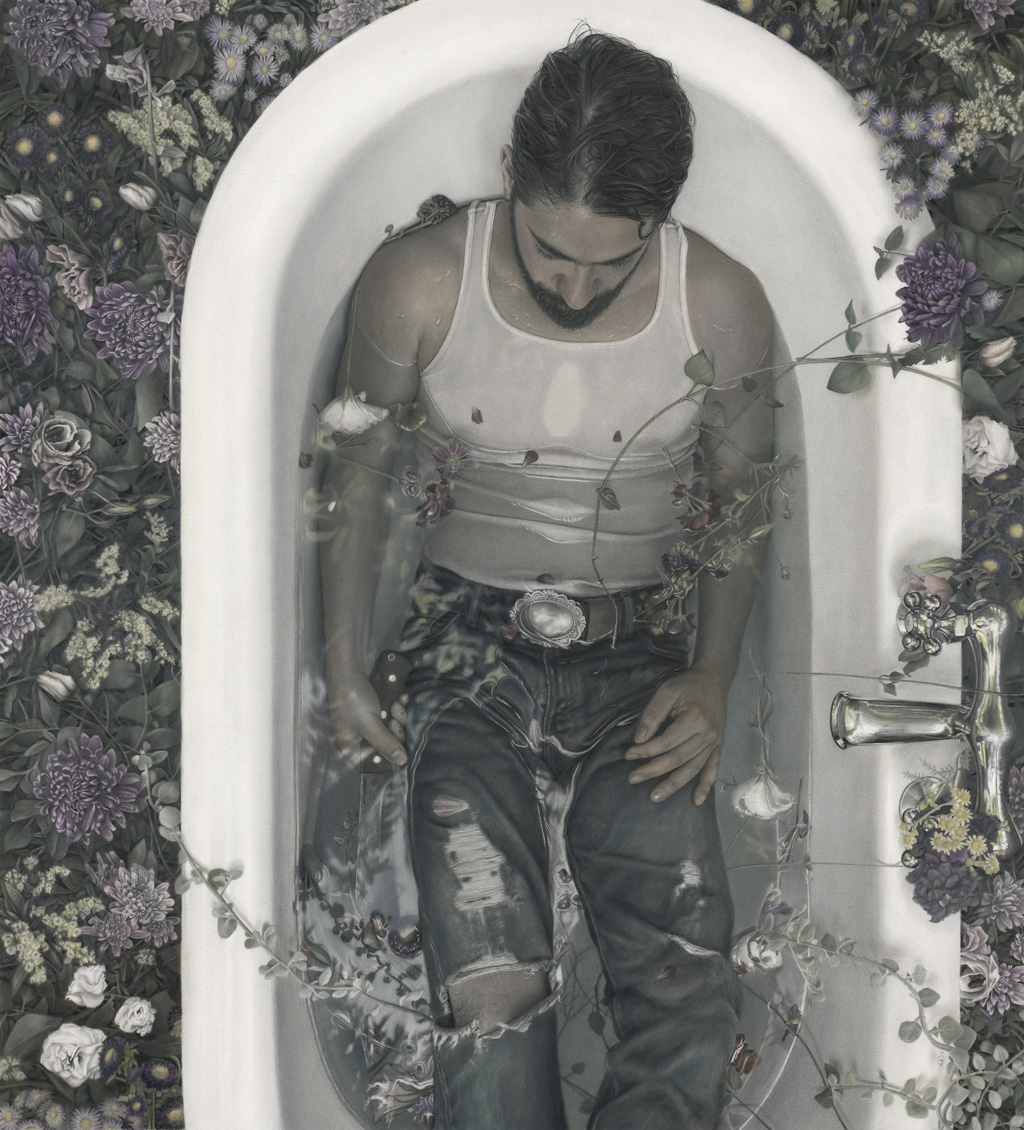Culture
Artist John Deckert Paints the Everyday Heroes of Covid-19
 Santa Rosa Memorial Hospital head nurse Sheila Smith
Santa Rosa Memorial Hospital head nurse Sheila SmithWhen the pandemic hit last March, Santa Rosa artist John Deckert, 73, knew that he and his wife would need to hunker down and stick close to the house. But the artist, who made headlines during the devastating 2017 wildfires for creating oil paintings of first responders and then giving his subjects those creations, didn’t want to put down his brushes.
“I wanted to keep painting and so I started focusing on the lawn crew, the guy from PG&E that climbed the pole and restored our electricity, the guy who works at Costco, the cashier at the grocery store,” Deckert says of the project that has grown to 65 paintings, all eventually given to the subjects. “To me, they are the people that keep things going so I can quarantine in my house.”
While the focus, unlike with the first-responders series in 2017, has mostly been on the more everyday-life kind of heroes, Deckert has painted some images of frontline nurses at Santa Rosa Memorial Hospital. “They have specifically expressed the idea that this is a bright spot in a dark and hard year,” he adds. “And so I just thought, you know, this is really important.”
Deckert, who began his art career as an abstract painter in New York City in the mid-’70s, eventually moved to Paris, where he discovered portraiture after watching Parisian street artists make a good living at it. He ended up moving to Mill Valley in 2003 after a college sweetheart — now his wife — found his website and the two rekindled a romance. The couple eventually moved to Santa Rosa, where Deckert was delighted to set up a large studio under a skylight in the home’s two-car garage.

“You do 65 paintings and it really improves your skill,” Deckert says of the project. “And so, for me, selfishly, it’s like I just took a class.” Deckert’s style, like that of American painter John Singer Sargent, is to repeatedly apply oil paint, then scrape off a layer with a palette knife and apply paint again so the brushstrokes aren’t as obvious. “There’s a famous story about John Singer Sargent and people say, ‘Oh, man, he scraped the painting down 60 times and made that poor woman sit there for all that time.’ ”
For Deckert, though, the biggest reward is when he finally finishes a painting produced from a photograph he took — he does admit to sometimes taking too long to finish — and presents it to the subject, giving that person a direct connection to fine art in the process.
“When I started giving the paintings to people they were really happy and would say ‘Oh my god, this is beautiful.’ And more than once I had people say, ‘Nobody has ever painted me before,’ ” he says. “And it becomes obvious that art has isolated itself from people. I thought, you know, I’m doing a good thing in giving people the experience of fine art painting. They can associate it with the pride of what they do and the importance to the community or they can just take it as, you know, something nice to put up on their wall.”









